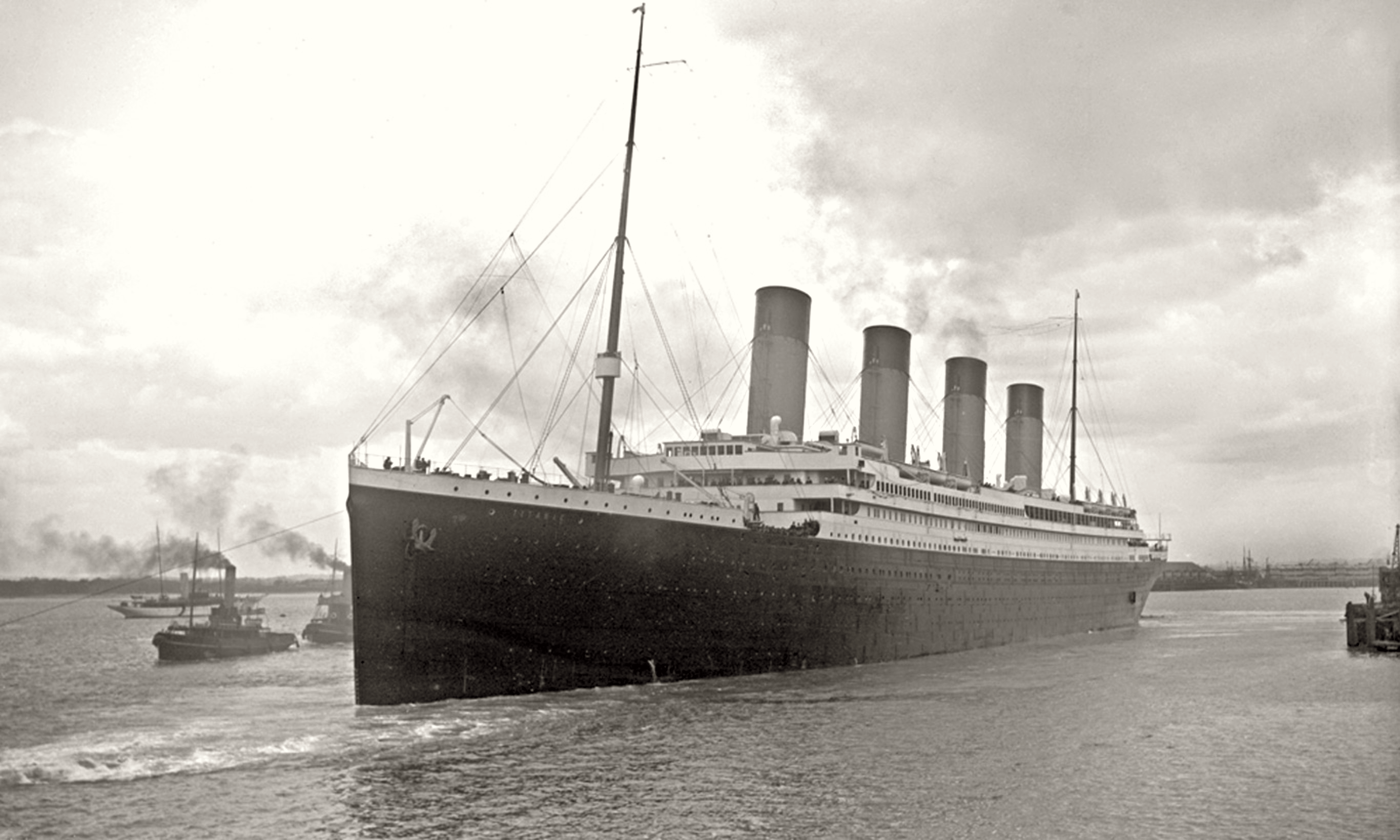10 Things Invented Way Earlier Than You’d Expect
In the vast tapestry of human history, invention has always been a cornerstone of progress, a testament to human ingenuity and the relentless pursuit of making the impossible possible. However, the innovation timeline is often more surprising than we might assume. This exploration delves into the astonishing reality that many groundbreaking inventions, which seem quintessentially modern, trace far back into the past. These time-defying inventions challenge our understanding of technological evolution and reveal that the seeds of modernity were sown long before we might have imagined. This article will take you on a journey through 10 compelling examples, each one a testament to the timeless nature of human creativity. From the seemingly futuristic concepts of automatic doors and programmable robots to the ancient foundations of modern medicine and communication, prepare to be amazed by how far back in time these innovations truly reach. As we unravel these stories, we gain not only a deeper appreciation for the inventors of the past but also a clearer understanding of how their visions have shaped our present and will continue to influence our future.
1. Automatic Doors: Ancient Innovations in Accessibility
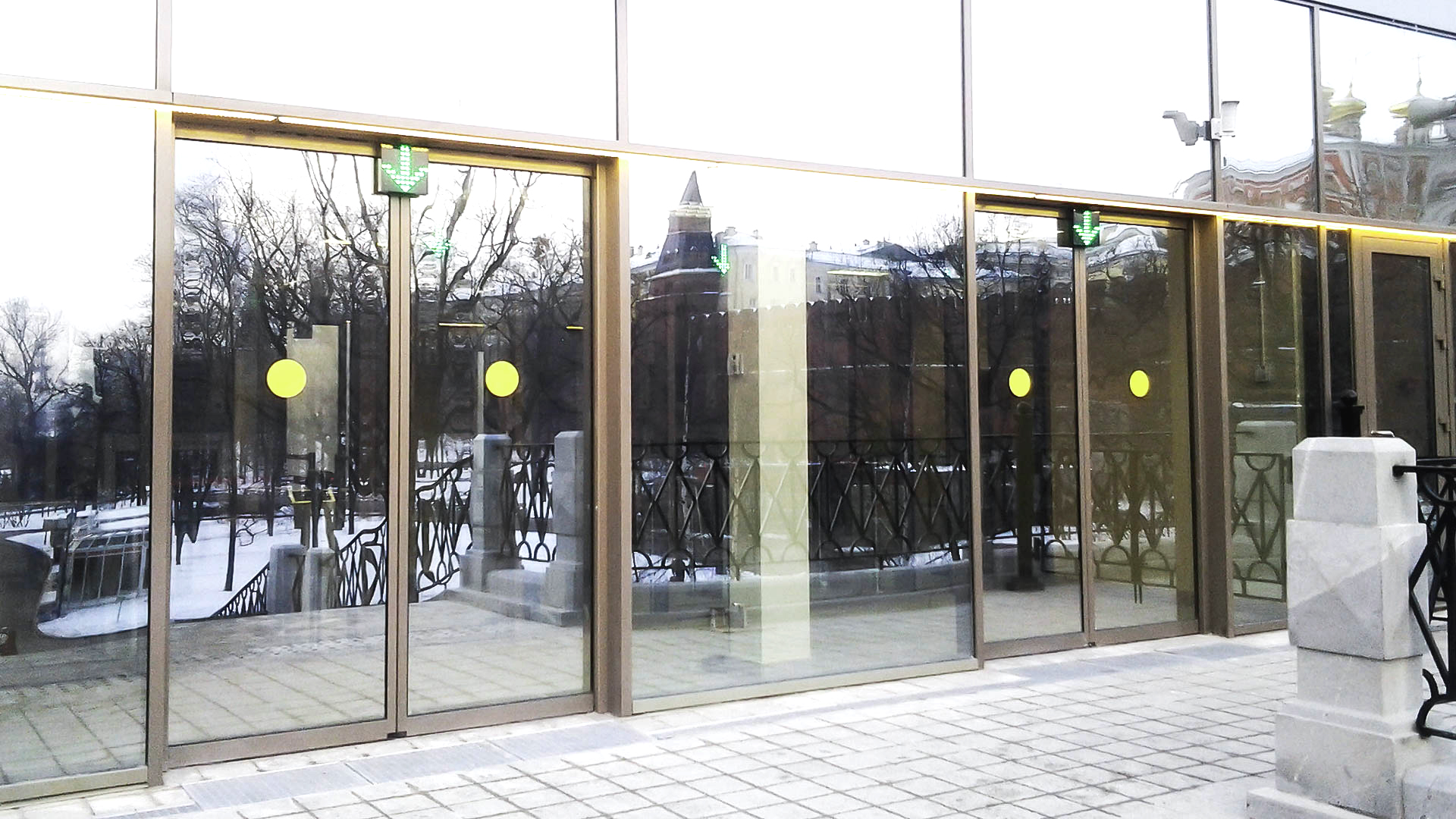
When we think of automatic doors, we often picture them as a hallmark of contemporary convenience, seamlessly opening and closing as we approach. However, this concept dates back to ancient times, with the first known automatic doors appearing in the 1st century AD. The Greek engineer Heron of Alexandria is credited with creating a mechanism that allowed temple doors to open automatically. Utilizing a complex system of weights, pulleys, and steam power, Heron's invention was not only a marvel of engineering but also a clever application of the principles of pneumatics. This early form of automation served both practical and ceremonial purposes, enhancing the experience of temple visitors and demonstrating the power of technology to create a sense of wonder and awe. Heron's work laid the groundwork for future innovations in automation, reminding us that the desire to enhance accessibility and user experience is a timeless pursuit.
2. Programmable Robots: The Legacy of Al-Jazari

The idea of robots performing tasks autonomously seems quintessentially modern, yet the concept of programmable machines dates back to the 12th century. Al-Jazari, a brilliant engineer from the Islamic Golden Age, designed a variety of automata that were, in essence, early robots. Among his creations was a programmable humanoid robot designed to serve drinks, a feat accomplished through a sophisticated system of levers and cams. Al-Jazari's work, documented in his book "The Book of Knowledge of Ingenious Mechanical Devices," showcases his deep understanding of mechanics and pneumatics. His inventions not only entertained and amazed the courts of his time but also laid the groundwork for future developments in robotics and automation. Al-Jazari's legacy is a testament to the enduring human fascination with creating machines that mimic human actions, a fascination that continues to drive innovation today.
3. Ancient Computers: The Antikythera Mechanism
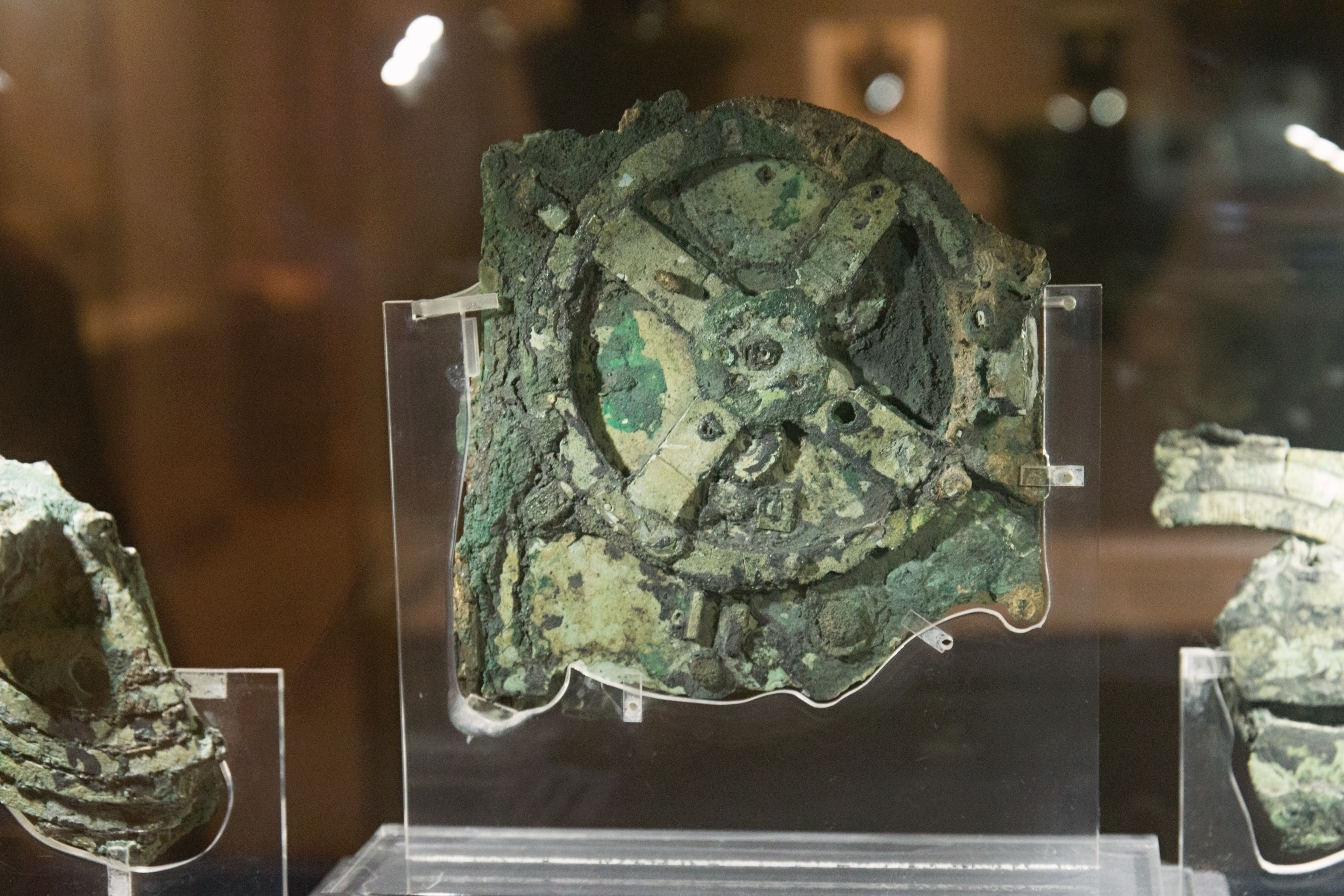
Long before the digital age, the ancient Greeks developed a device that could be considered the world's first analog computer. Discovered in a shipwreck off the coast of the Greek island Antikythera, the Antikythera Mechanism dates back to around 100 BC. This intricate device predicted astronomical positions and eclipses, demonstrating an advanced understanding of celestial mechanics. Composed of bronze gears and dials, the mechanism could model the movements of the sun, moon, and planets with remarkable precision. The Antikythera Mechanism is a testament to the sophistication of ancient Greek engineering and their quest to understand and predict the cosmos. Its discovery has challenged modern historians and scientists, prompting a reevaluation of the technological capabilities of ancient civilizations. This ancient computer not only highlights the ingenuity of its creators but also serves as a reminder of the continuous human desire to decode the mysteries of the universe.
4. Early Concepts of Flight: The Ornithopters of Da Vinci
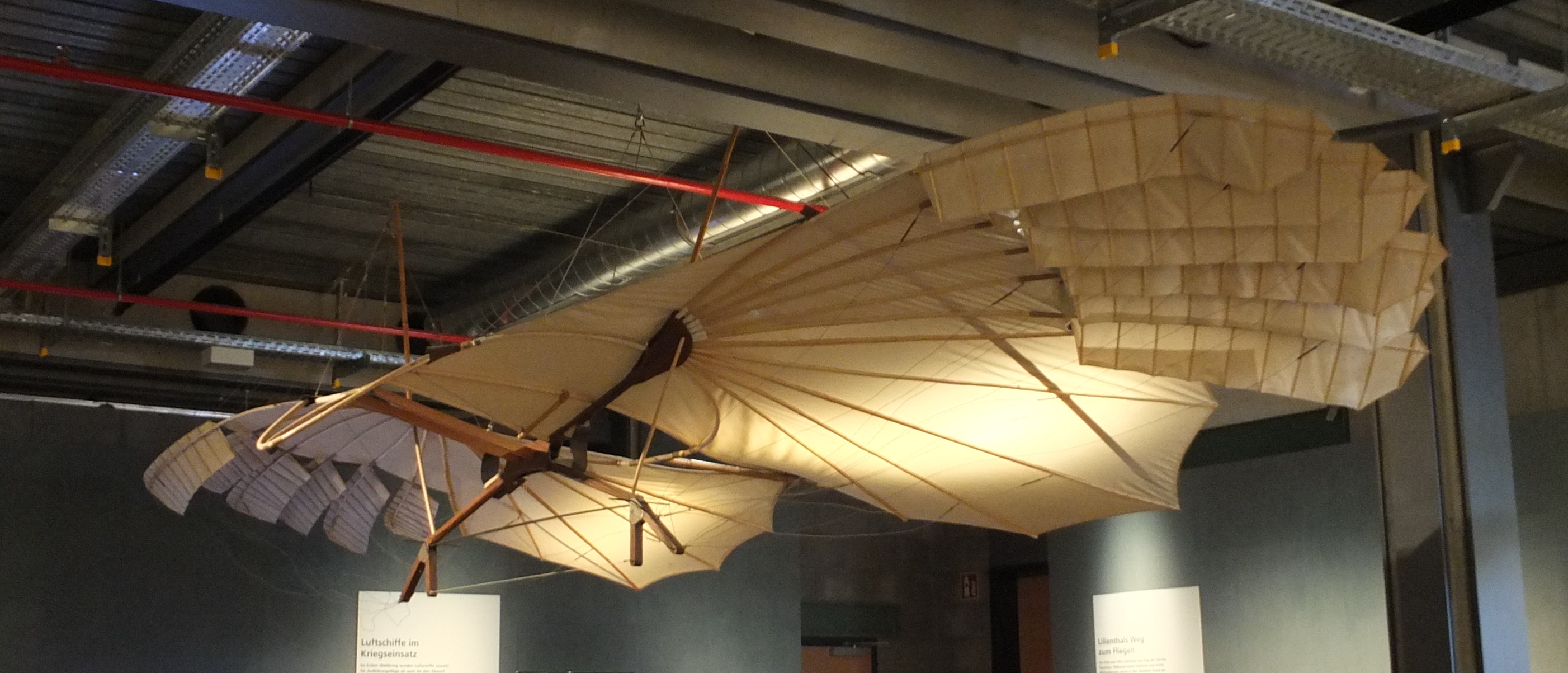
The dream of human flight has captivated minds for centuries, and while the Wright brothers are credited with the first successful powered flight, the foundations were laid much earlier. Leonardo da Vinci, the quintessential Renaissance man, sketched designs for various flying machines in the late 15th century. Among these was the ornithopter, a device intended to fly by mimicking the flapping of bird wings. Da Vinci's detailed drawings and notes reveal a profound understanding of aerodynamics and the principles of flight. Although his designs were never realized in his lifetime, they inspired future generations of inventors and aviators. Da Vinci's work demonstrates the timeless human aspiration to soar through the skies and the relentless pursuit of turning dreams into reality. His ornithopters, though never built, represent an important step in the long journey toward human flight, highlighting the enduring impact of visionary thinking.
5. The Precursors to Modern Medicine: Ancient Surgical Tools
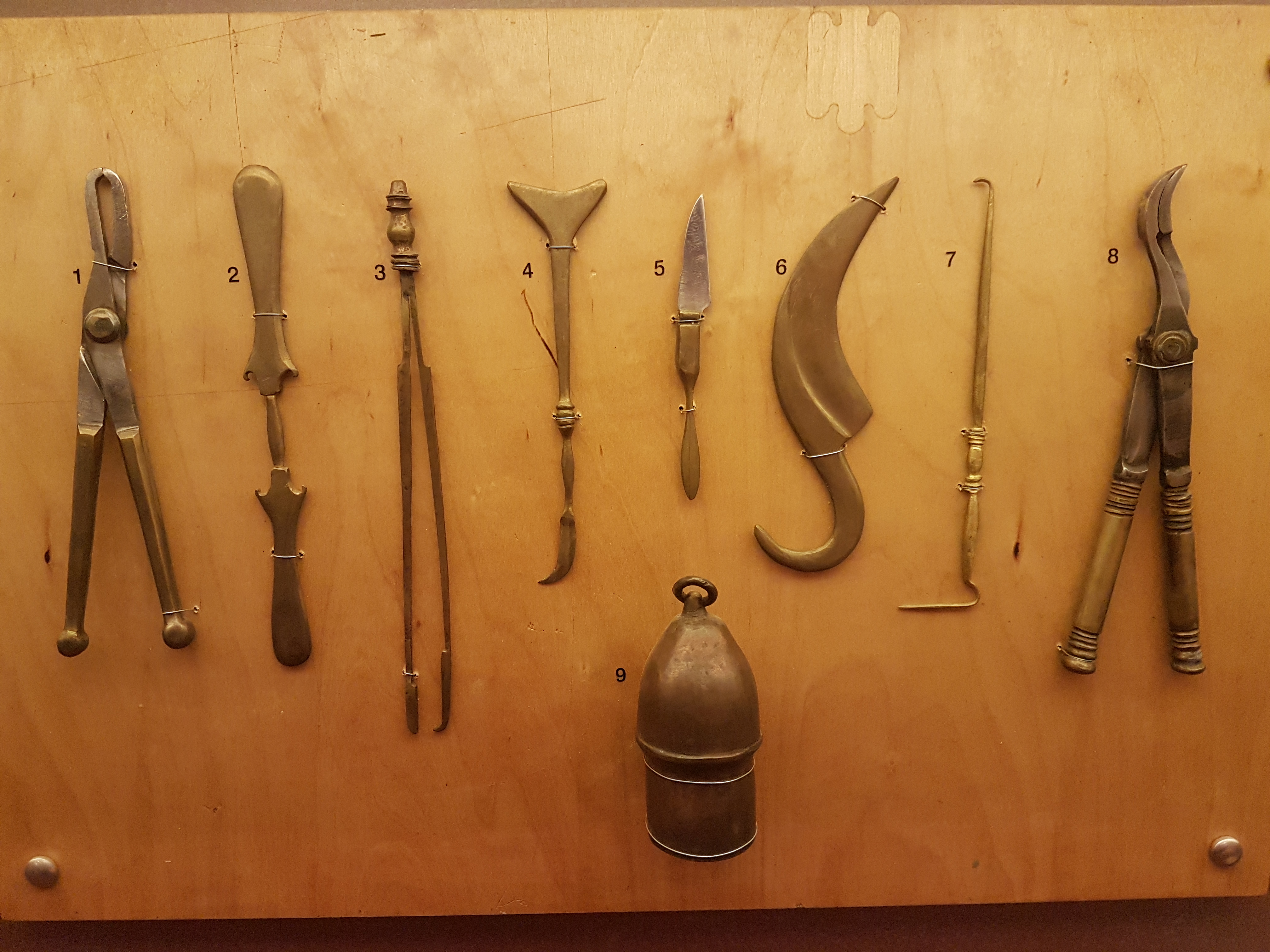
Medicine has evolved dramatically over the centuries, yet many of the tools and techniques used today originated in ancient times. Archaeological discoveries have unearthed sophisticated surgical instruments from ancient civilizations, such as the Egyptians, Greeks, and Romans. These early tools, made from materials like bronze and iron, included scalpels, forceps, and catheters, demonstrating a remarkable level of surgical knowledge and skill. Ancient physicians, such as Hippocrates and Galen, laid the foundations for modern medical practices, emphasizing the importance of observation, diagnosis, and treatment. Their contributions to the field of medicine were instrumental in shaping the principles of healthcare that continue to guide practitioners today. The resilience and adaptability of these early medical tools and techniques underscore the timeless nature of the human quest for healing and the profound impact of ancient innovations on contemporary medicine.
6. Communication Across Time: The Invention of the Semaphore

In an age dominated by instant communication, it's fascinating to explore the early systems that laid the groundwork for modern telecommunication. One such system is the semaphore, developed in the late 18th century by the French engineer Claude Chappe. This optical telegraph system used a series of towers equipped with pivoting arms to convey messages over long distances. By positioning the arms in various configurations, operators could transmit complex messages quickly and efficiently. The semaphore revolutionized communication in its time, enabling governments and military forces to relay information across vast territories with unprecedented speed. This innovation was a precursor to the electrical telegraph and, ultimately, the digital communication systems we rely on today. The semaphore highlights the enduring human desire to connect and communicate across distances, driving technological advancement throughout history.
7. Ancient Batteries: The Baghdad Battery

The discovery of the Baghdad Battery challenges our understanding of ancient technological capabilities. Dating back to the Parthian or Sassanid periods (around 150 BC to 650 AD), this artifact consists of a clay jar containing a copper cylinder and an iron rod. Some researchers believe it may have been used as a simple galvanic cell, capable of producing a small electrical charge. While its exact purpose remains a topic of debate, the Baghdad Battery suggests that ancient civilizations may have had a rudimentary understanding of electricity long before the modern era. This possibility opens up intriguing questions about the uses of electricity in ancient times, whether for electroplating, medicinal purposes, or other applications. The Baghdad Battery serves as a reminder of the vast, untapped knowledge of ancient peoples and the potential for hidden technologies that await discovery. It underscores the timeless human curiosity and the drive to harness natural forces for practical and innovative purposes.
8. The Wonders of Ancient Transportation: The Aeolipile
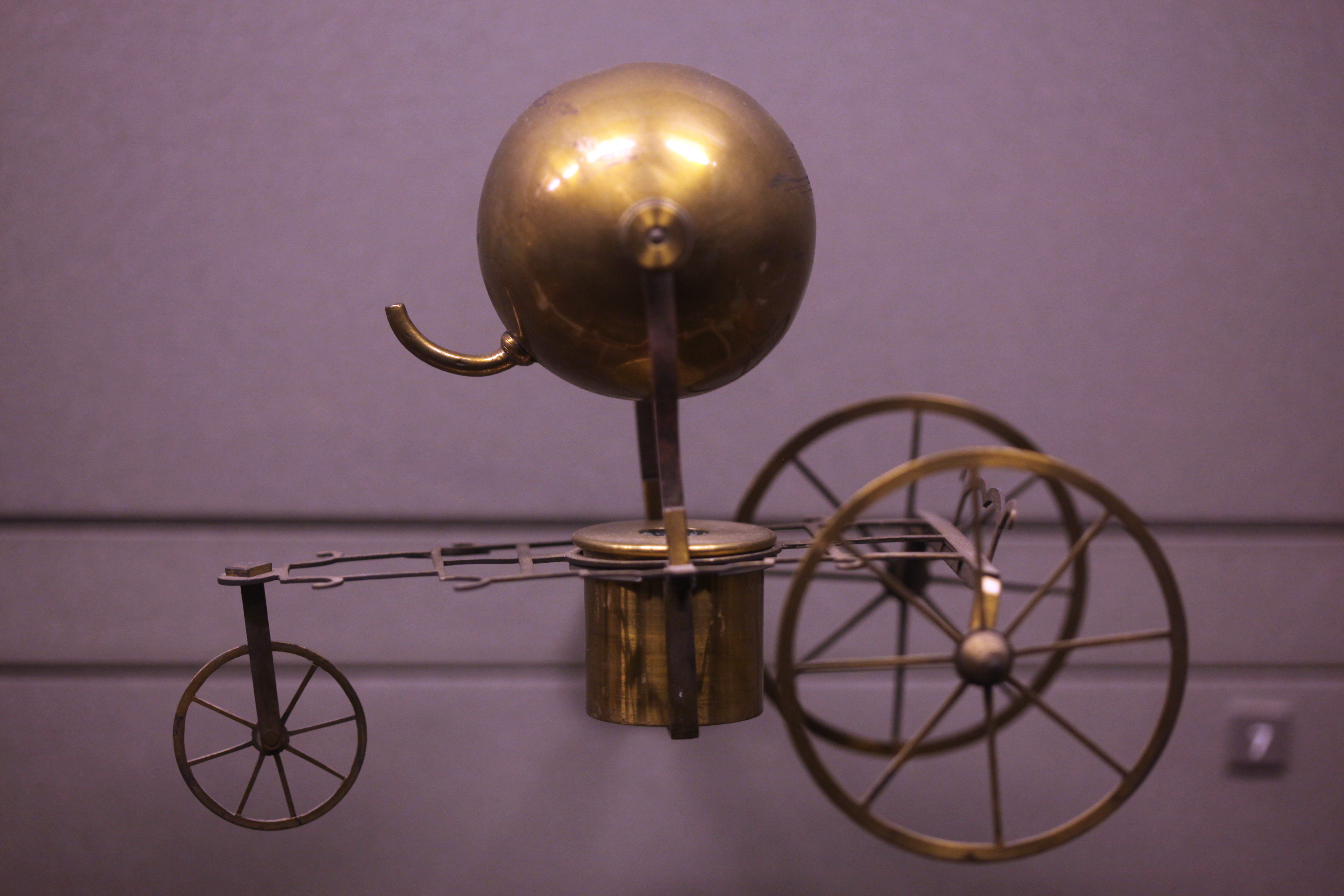
The aeolipile, often considered the first recorded steam engine, was invented by Heron of Alexandria in the 1st century AD. This simple yet ingenious device consisted of a hollow sphere mounted on a pair of tubes, which allowed steam to escape and create rotational motion. Although primarily used as a novelty or demonstration of the principles of steam power, the aeolipile represents an early understanding of the potential of steam as a source of energy. Heron's invention laid the conceptual groundwork for developing steam engines in the Industrial Revolution, transforming transportation and industry. The aeolipile is a testament to the innovative spirit of ancient engineers and their ability to envision the possibilities of harnessing natural forces. It serves as a bridge between ancient experimentation and modern technological advancements, highlighting the continuity of human ingenuity across the ages.
9. The Origins of Modern Architecture: The Roman Concrete
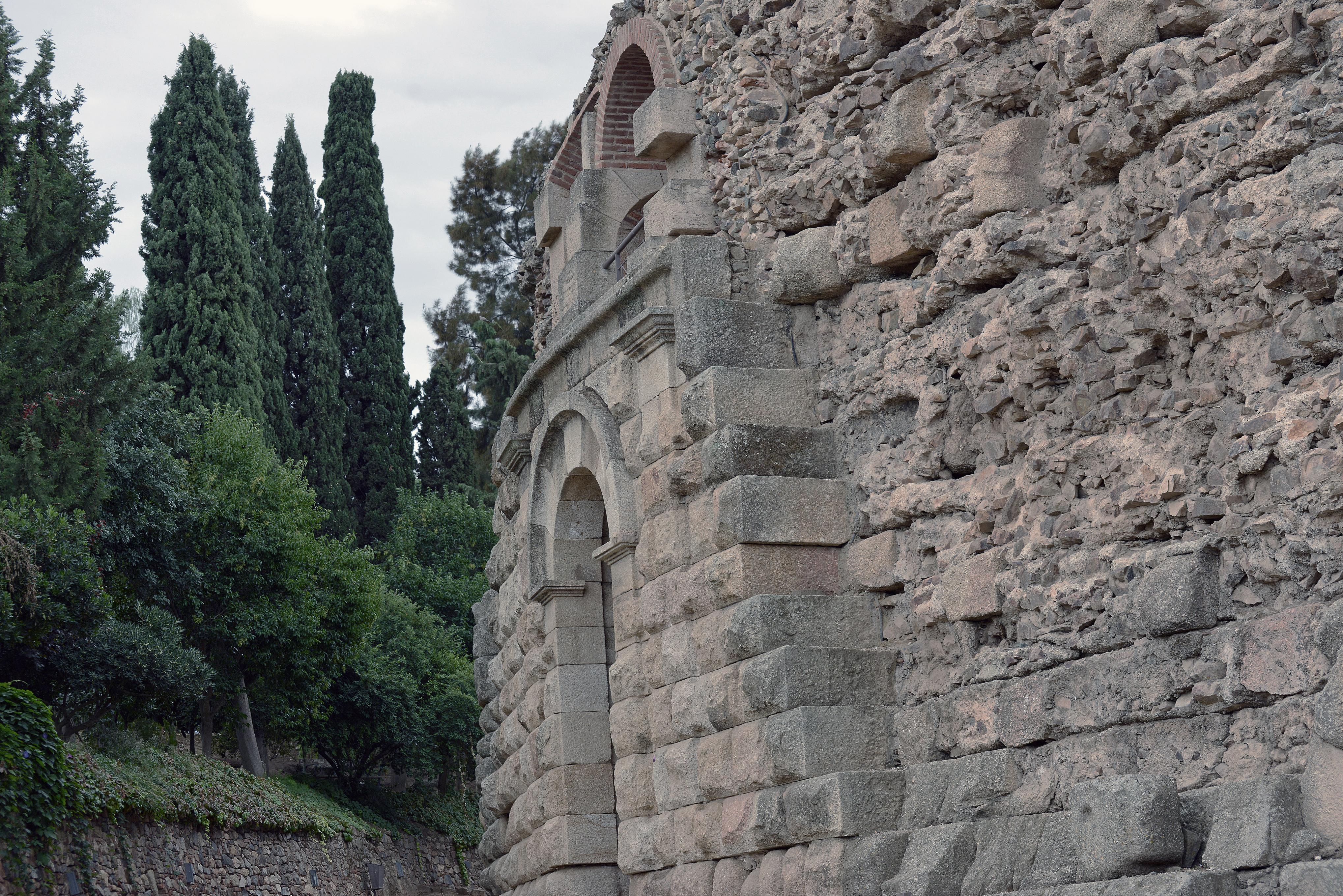
Roman concrete, or opus caementicium, is one of the most enduring legacies of ancient engineering. Developed by the Romans over 2,000 years ago, this remarkable building material has withstood the test of time, as evidenced by structures like the Pantheon and the Colosseum. Unlike modern concrete, which often degrades over time, Roman concrete is known for its durability and resilience. The secret lies in its unique composition, which includes volcanic ash that reacts with lime to create a strong, long-lasting bond. This ancient innovation not only revolutionized construction techniques in the Roman Empire but also influenced the development of modern architecture. The principles of Roman concrete continue to inspire contemporary engineers and architects seeking sustainable and durable building solutions. The enduring legacy of Roman concrete underscores the timeless nature of architectural innovation and its impact on the built environment.
10. Ancient Navigation: The Astrolabe
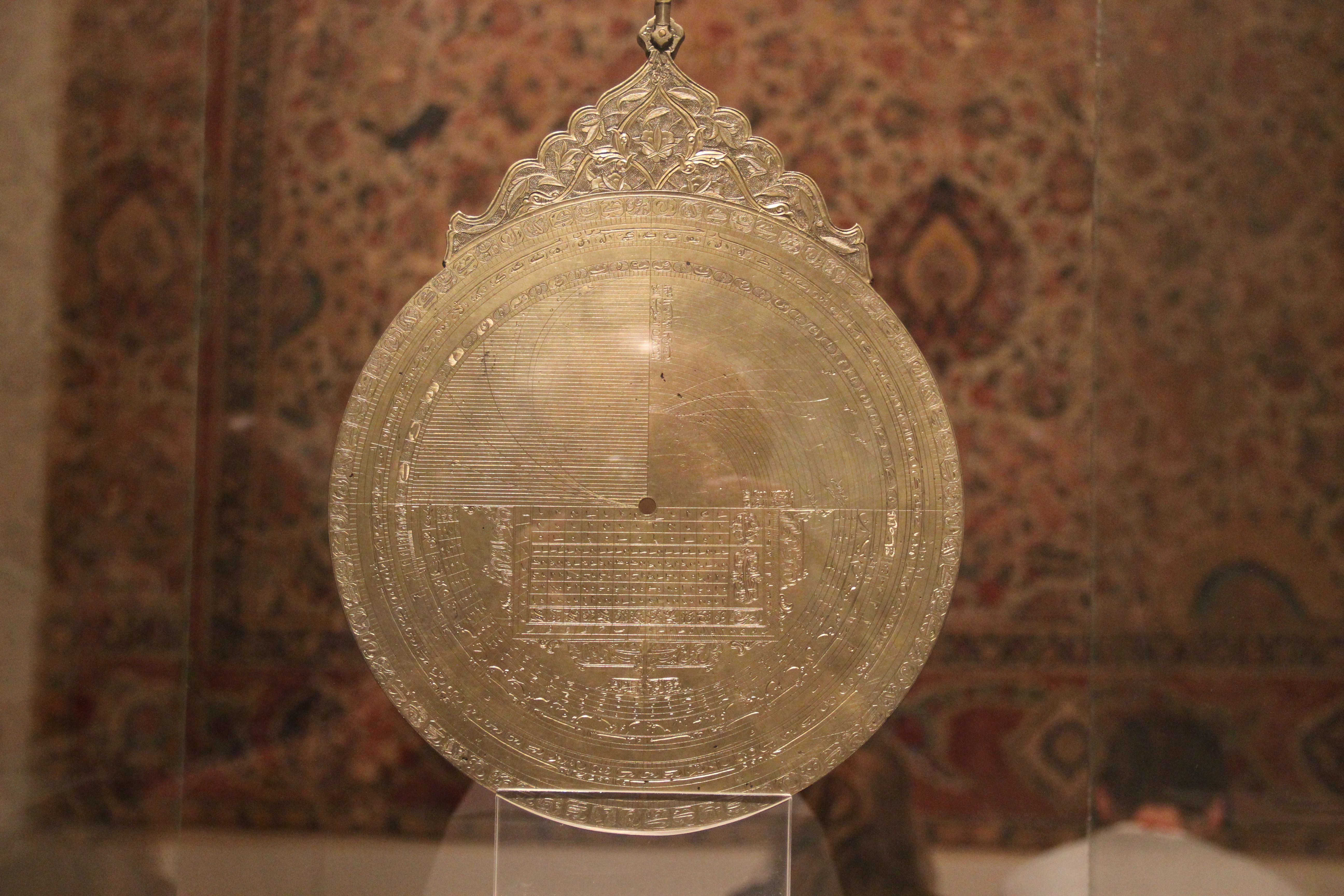
The astrolabe, an ancient astronomical instrument, was crucial in developing navigation and astronomy. First used by the Greeks and later refined by Islamic scholars, the astrolabe allowed users to measure the altitude of celestial bodies, determine time, and calculate latitude. This versatile tool was essential for navigators and astronomers, enabling them to explore and understand the world more precisely. The astrolabe's design and functionality laid the groundwork for developing more advanced navigational instruments, such as the sextant and the chronometer. Its influence extended beyond science, impacting trade, exploration, and cultural exchange. The astrolabe is a testament to the enduring human quest for knowledge and the desire to explore the unknown. Its legacy inspires modern advancements in navigation and astronomy, highlighting the timeless nature of human curiosity and the pursuit of discovery.
As we conclude this journey through time-defying inventions, we are reminded of the remarkable continuity of human ingenuity. The innovations explored in this article demonstrate that the seeds of modern technology were planted long ago, nurtured by the curiosity and creativity of our ancestors. These inventions, whether in automation, medicine, communication, or construction, reveal a deep understanding of the principles that govern our world and a relentless pursuit of progress. They challenge our perceptions of technological advancement and highlight the interconnectedness of past and present. As we stand on the shoulders of these ancient innovators, we are inspired to continue pushing the boundaries of what is possible, driven by the same timeless spirit of exploration and discovery. The stories of these time-defying inventions serve as a testament to the enduring legacy of human creativity and the limitless potential of innovation.






